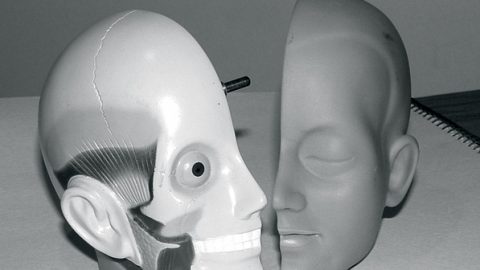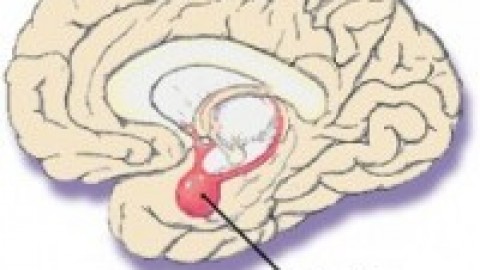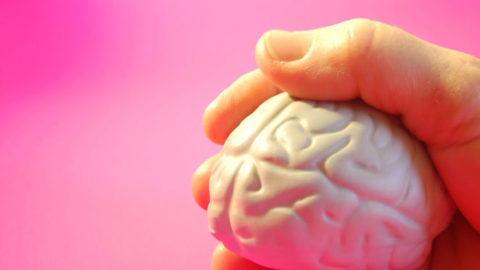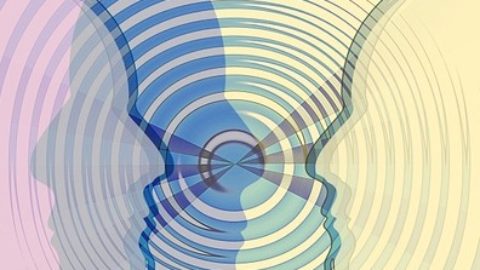 When I think of multiple CEOs of prefrontal cortex (PFC): I think of multiple C level executives of Caterpillar company in Illinois, not just one CEO. Basically the front part of the brain (I wonder where ‘pre’ in the prefrontal came from!) consists of regions that manage several higher level executive functions. I want you to remember four main regions within the PFC real estate. They are interconnected and support each other’s functions. See the picture inserted here to know the location. One can get so confused and misname the parts, so Brodmann is a scientist that numbered the brain’s real estate and all of us stick to these numbers to maintain consistency in referring to the regions (Brodmann Areas=BA).
When I think of multiple CEOs of prefrontal cortex (PFC): I think of multiple C level executives of Caterpillar company in Illinois, not just one CEO. Basically the front part of the brain (I wonder where ‘pre’ in the prefrontal came from!) consists of regions that manage several higher level executive functions. I want you to remember four main regions within the PFC real estate. They are interconnected and support each other’s functions. See the picture inserted here to know the location. One can get so confused and misname the parts, so Brodmann is a scientist that numbered the brain’s real estate and all of us stick to these numbers to maintain consistency in referring to the regions (Brodmann Areas=BA).
- Dorsolateral PFC (Dorso=top; Lateral=to the side; DLPFC= BA 9 and 46): This region is the CEO for higher level thinking tasks such as problem solving, organization, flexibility, memory and attention and even emotion control.
- Medial Prefrontal Cortex (MPFC; BA= 11, 13, 14, 32; Inner wall of the brain in the PFC if you slice the brain into two halves from the front to the back): This region is involved in evaluating ourselves and others. Products of this region’s deliberations are self referential thinking and rumination, awareness and analytical thinking about self and others, while integrating long term memory and attention.
- Orbitofrontal Cortex (BA 10, 11, part of 47): This region is the CEO with the ability to determine the affective value, decide and send signals on what to expect and what to do in the context of reward or punishment. This region is important in motivation and reward seeking.
- Ventrolateral PFC (Ventro=below; lateral=side; VLPFC=BA 44, 45 and part of 47): This region is the CEO for emotional control and impulse control or inhibiting action.
















Came to know about these articles only a couple of days ago. It is interesting to read about the areas of brain designated to control emotions and functions and how they can be altered. This info is not only good for general population but also for medical personnel. I have to admit I know nothing of the psychology or psychiatry even though we are supposed to know certain basic knowledge in medical school.
Having been an anesthesiologist, I have a plausible understanding of mechanisms of anesthesia and the various sub regions of brain that are affected by drugs but never been totally accepted, it is fascinating to know the variations of brain function in normal awake situations.
Congratulations to you for taking such a difficult task and explaining in such an easy way so that anybody can understand.
I look forward to read the ongoing infoblogs.
Sambasivarao Musunuru
Oh I so appreciate the comment coming from a distinguished anaesthesiologist! Thanks for the kind words. My aim is to make brain, the operator of what we do and think, to enter household conversations. It is so easy to understand if we stop using complicated scientific jargon and explain the concepts in easy to understand terms. Thanks again.